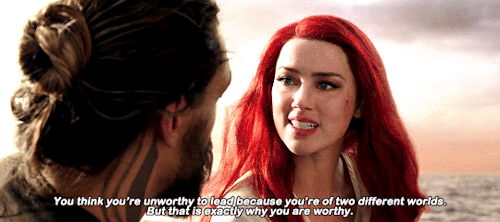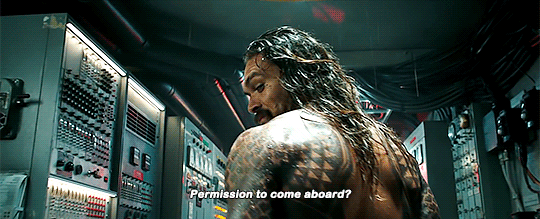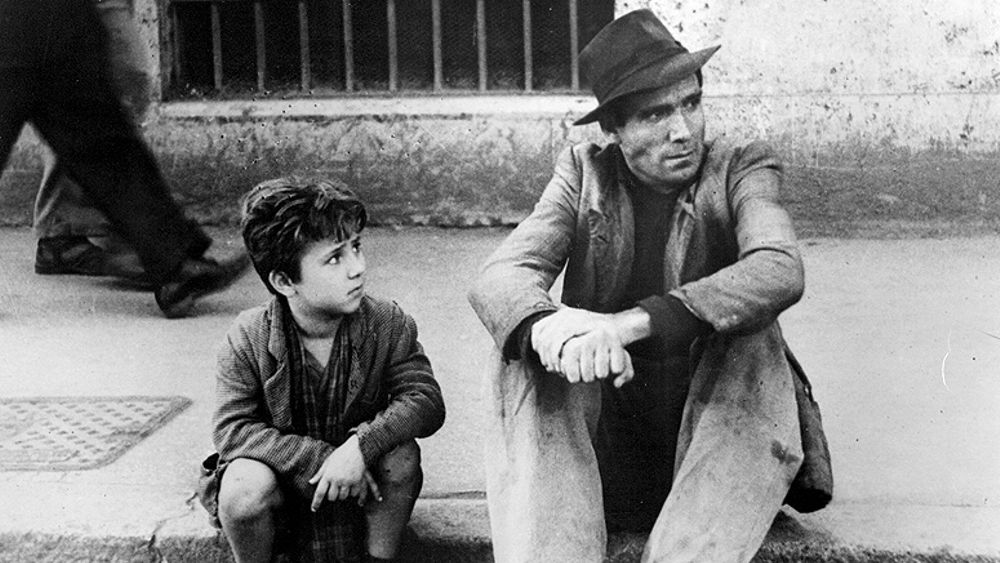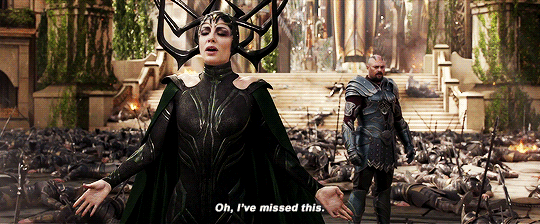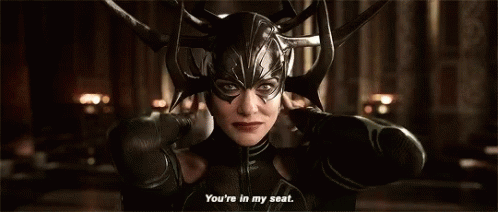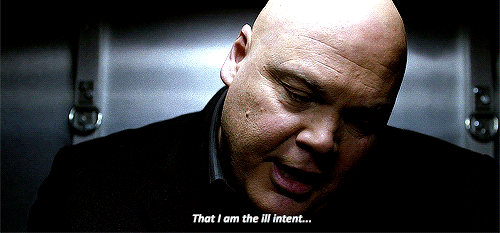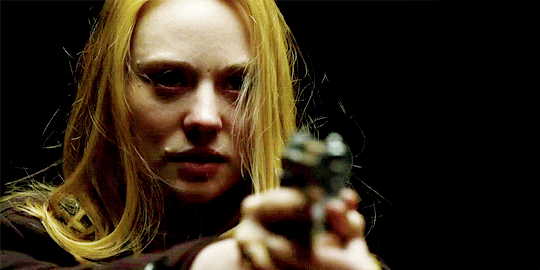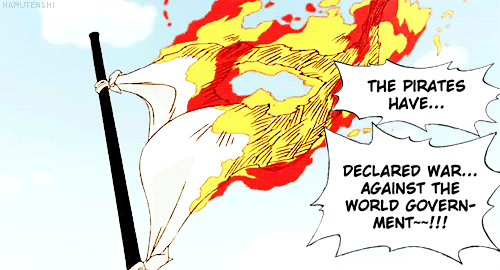On July 14, 1969, Richard Nixon delivered a passionate address to the American people on the threat of illegal drugs. He began with,
“Within the last decade, the abuse of drugs has grown from essentially a local police problem into a serious national threat to the personal health and safety of millions of Americans. A national awareness of the gravity of the situation is needed; a new urgency and concerted national policy are needed at the Federal level to begin to cope with this growing menace to the general welfare of the United States.”
The War on Drugs was officially inaugurated in June 1971. For the next four decades the war was accelerated by each American president (see: Michelle Alexander). What followed can only described as devastation. Black and brown communities were torn apart by mandatory minimum sentencing, stop-and-frisk laws, three strike sentencing, racial profiling, and broken window policing. Local police departments have come to resemble an armored insurgency equipped with vehicles of war. Incarceration rates, which plateaued through the first half of the 20th century, skyrocketed from tens of thousands to hundreds of thousands for non-violent offences such as marijuana possession. Those who managed to avoid jail time or simply served their sentence are barred from voting.
In a 1994 interview with Harper’s Weekly, former Nixon domestic policy chief John Ehrlichman confessed that the War on Drugs was essentially a sham. He said,
“The Nixon campaign in 1968, and the Nixon White House after that, had two enemies: the antiwar left and black people. You understand what I’m saying? We knew we couldn’t make it illegal to be either against the war or black, but by getting the public to associate the hippies with marijuana and blacks with heroin, and then criminalizing both heavily, we could disrupt those communities. We could arrest their leaders, raid their homes, break up their meetings, and vilify them night after night on the evening news. Did we know we were lying about the drugs? Of course we did.”
All of this and more comes to mind when watching America’s latest horror franchise, The Purge. The brainchild of James DeMonaco, the series centers on an alternate reality of America where for 12 hours, once a year, citizens are permitted to do whatever they want with zero legal repercussions. The four films focus on the most visceral aspects such as violence and murder, and asks the question: Are we as a species in need of an extreme outlet? At least that’s how it’s packaged and sold to the public. In reality, the annual purge functions as a way for the upper echelons of (white) society to rid the economy of the poor and low income, especially the black and brown population who are most targeted.
I want to take a look at the bookends of the franchise and talk about why the most recent prequel, The First Purge, is the most significant to date. Let go!
**There will be spoilers (but mostly for The First Purge)**
The Purge (2013)

Set in an affluent Los Angeles suburb in the year 2022, the first installment follows the Sardin family over the course of the annual purge event. James Sardin (Ehtan Hawke), head of a firm who manufactures home security systems specifically for the annual purge, has done very well for himself. Enough to build an addition to their already massive home, stoking resentment in several of their neighbors. His wife, Mary, is played by the awesome Lena Headey. Their humanity is put to the test when their little boy allows an injured stranger into their barricaded home. The stranger is being pursued by a young, sexy group of purge fanatics so intent on killing the stranger, they vow to kill the entire Sardin family to get to him.
This film was a lot of fun. It’s a tight 89 minutes and there is no fat. The story opens with a card telling us the audience that in the eight years since the first purge, violent crime has plummeted to single digits, unemployment is 1%… and all it took was a little purging. We should be skeptical of these figures, but I’ll get into that in a minute.
There was almost nothing I didn’t like about this film. It was less violent than I expected, choosing to focus more on the psychological toll and the stripping of humanity the event takes on those who participate. The villains were genuinely unsettling and there is an unspoken yet overt message that those taking the most delight in the killing are young, affluent, and white. The night has become on a American high holiday. Throughout the evening the Sardin’s are subjected to horrifying cruelties the purge. Exhausted and blood spattered, the film fades out on the shook family as a new report declares it to be the most successful purge to date, stating the stock market is booming and weapon sales are through the roof.
The one glaring flaw of the film is the use of The Stranger (Edwin Hodge). So, the film isn’t afraid to craft a situation wherein the litmus test of an affluent, white suburban family’s humanity is whether or not they will sacrifice the life of an unknown homeless black stranger to save themselves. It is however, afraid to give said black character more than two lines of dialogue which aren’t simply the word “Help!” For a brief moment in the first act, the film plays with the idea that the semi-intruder is a violent, bloodthirsty purger intent on murdering a scared family. That the Stranger is a large black man is meant to amplify our suspicion that he is prone to violence. Outside of that, the Stranger is one dimensional, possessing no history and an uncertain future. He is a literal walking catalyst.
But this isn’t the last we will see of Edwin Hodge as The Stranger…
The Purge: Anarchy (2014) and The Purge: Election Year (2016)
There’s a lot going on in the follow-up sequels. Anarchy gives us a street level take on what the annual event is like for working class folks in a predominately Latinx portion of Los Angeles. We learn what the night of terror is like for most folks, those of us without a mansion and a vault. We see how the purge event has spurred tiny market for human trafficking, and how you can sell your body (to be purged) to a rich family. So, that’s a plus! Oh, and we also get to see what Netflix’s The Punisher would have been like had Frank Grillo been cast as Frank Castle. And most importantly, we meet a group of Anti-Purge resistance fighters led by Carmelo Johns (Michael K. Williams). Hell-yes!
‘Election Year’ takes place in the year 2040, though nothing visually indicates that we have technologically advanced or regressed. In fact, everything looks the same as today. The story follows presidential candidate, Senator Charlie Roan (Elizabeth Mitchell) who is running an Anti-Purge campaign. We finally get a glimpse of New Founding Fathers– surprise, surprise, they’re all white as milk and old as dirt.
The Stranger, finally named Dwayne Bishop, resurfaces first as part of the Anti-Purge resistance and later, succeeding Johns as the leader of the resistance. This brings me to the most frustrating part of the story, the moral policing of the anti-purge resistance. As Senator Roan flees through the streets of LA from hit squads (of KKK and Neo Nazi bikers) literally ordered to kill her by her presidential opponent, she insists on running a bloodless campaign… even if it means a lot of black and brown folks have to die around her. The resistance has a meticulous plan to bomb the New Founding Fathers on purge night (legal) but Senator Roan won’t have a victory if it means someone has to die… even if her life is continually saved by the resistance.
I can’t think of a better analogy for the 2016 election (an event the film used to stoke media interest) than Senator Roan, a white woman, insisting on ‘playing the rules’ and tone policing blacks while her opponent is literally attempting to destroy her by any means necessary.
The First Purge (2018)

“Citizens, this will be a tradition we celebrate every year. Join in the first Purge.”
-The President
Someone said there would be no ‘The First Purge’ without ‘Get Out,’ and I can see that. The latter proved that black helmed horror projects are viable, which… c’mon y’all, do better. But as to the cause and effect, I disagree. The First Purge, directed by Gerard McMurray and written by creator James DeMonaco, has been in the works ever since 2013 when the Alt-Right yuppies pulled up to Ethan Hawke’s house demanding the Stranger. This is the story of the first purge and those who opposed it.
The film opens with candidates interviewing to take part in a new experiment soon to be dubbed the purge. We learn the experiment will be confined to Staten Island and participants will receive $5000 simply for staying home– the financial rewards increase with active participation in the purge. We see that many of the city’s residents are low income and struggling to get by and thus very susceptible to money incentives.
What follows is a montage of news clips (and Van Jones!) that could have been pulled from a day’s worth of CNN and Fox News. War, Recession, unemployment, crime, and poverty– there has to be a solution to these ills! Can’t someone take drastic action?!
“Van Jones: We are here with Dr. May Updale. She came up with this experiment. Is The Purge a political device?
Dr. May Updale: It is a psychological one. If we want to save our country, we must release all our anger in one night.”
Normally, I don’t get too hyped for prequels. There’s an inherent defeatism to a story like this. We know that somehow the experiment will succeed and we know that the purge will be an annual event for the next 18 years. So, why be concerned with the struggles of Dmitri (Y’lan Noel), a noble drug kingpin and Nya (Lex Scott Davis) a fearless activist? We should care about them because these are people most vulnerable during the purge. Each represents a faction of lower class society which has already been abandoned by society. Remember the news broadcasts, remember that all except for the experiment, their world mirrors ours? The Staten Island projects in the First Purge have been decimated from 40 years of over-policing and daily police brutality. They survived the crack boom and the Giuliani administration. The purge is just another attempt to society of black and brown folks, especially low income citizens. What follows is some of the best black revenge imagery I’ve ever seen. I’m talking Y’lan Noel strangling a white assassin in black face. Also, can we please put him in another action movie like right quick?
“Our neighborhood is under siege from a government who doesn’t give a shit about any of us.”
-Dmitri
This installment presents a definitive backstory. We learn that the NFFA (New Founding Fathers of America), a stand in for the Tea Party, formed around 2013-14 and were voted into power. This was surprising as the series continually refers to a revolution which resulted in a power shift. What we is a more conservative, somehow more corporate Republican party with the NRA as a major donor… So, basically a half step off our reality.
“Arlo Sabian: Parties? You predicted a much higher level of participation.
Dr. May Updale: Human nature does not obey the laws of politics.”
In order to cement their authority, the NFFA needs the first purge to be a success. After a few hours and only one death it becomes clear that people aren’t as violent as predicted. Many choose to party instead of killing and looting. At that point, those pulling the levers call in insurance in the form of a KKK/Neo-Nazi biker and Russian mercenaries to roll through the island and murder as many as possible. Chaos ensues.
Conclusion:
To tie this all together, I want to talk about the confrontation between the architect of the purge experiment Dr. Updale (Marissa Tomei) and representative of the NFFA, Arlo Sabian, when the former discovers the true purpose of the purge is to literally purge the American economy of the lower and vulnerable classes. That simple. Sabian states that all other solutions have been exhausted. After multiple recessions and ever rising unemployment the government is left with no choice but to take drastic measures. This is right after Dr. Updale catches him in a lie and questions whether the crime and poverty statistics themselves are as fabricated as the experiment.
It’s no coincidence that the War on Drugs was birthed at the end of the 1960’s, an era famous for social unrest. From the Civil Rights Movement, to Women’s liberation, to the massive anti-war protest, to many the times felt like spiraling into chaos. For others the injustices were so severe that a social obligation called them to resist. All of this was exploited by the Nixon administration who played on white southern and suburban fears and anxieties. Each of the progressive movements threatened to upset the hierarchy of power in America (See: white supremacist capitalist patriarchy).
The first purge is inaugurated after back-to-back recessions, rising movements like Black Lives Matter and Occupy, rapid wealth distribution to the 1%, and the country’s first black president. This is no mistake. Like the Indian massacres, Jim Crow laws, lynching, interment camps, Tuskegee experiments, J. Marion Sims and gynecology, redlining, and gentrification, the purge is as American as apple pie.
